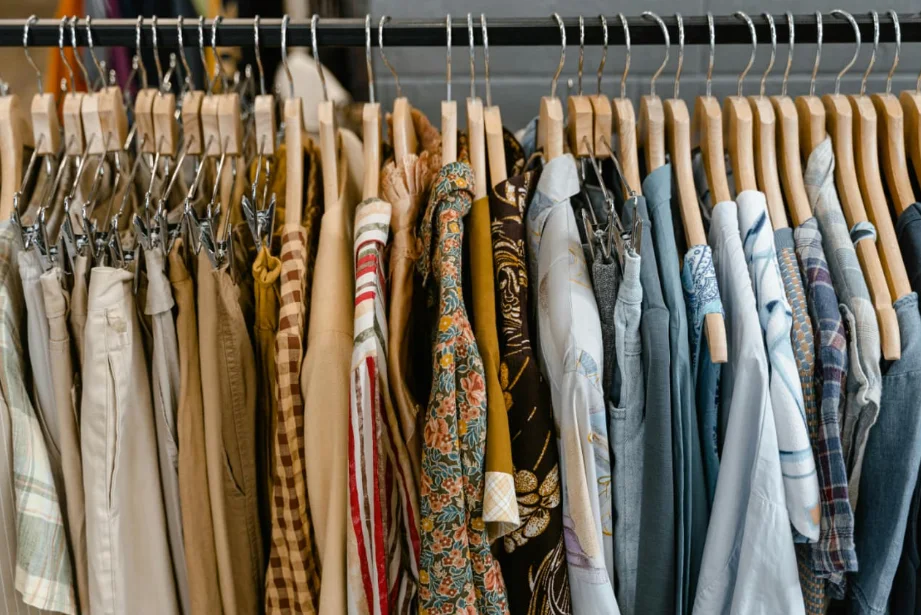In an era where fashion cycles move faster than ever, the idea of building a sustainable wardrobe can feel both daunting and countercultural. Yet, as environmental concerns grow and consumer awareness deepens, more people are rethinking their relationship with clothing. Sustainability in fashion is no longer just a niche interest; it’s a necessary shift toward responsible consumption. Creating a closet that reflects long-term values rather than short-term trends is not only better for the planet, it’s also a smarter investment in personal style and quality.
Rethinking Consumption Habits
The first step in building a sustainable closet is reassessing how and why we shop. Fast fashion encourages frequent purchases of low-cost, low-quality items that often end up in landfills within a year. Instead of chasing trends, consider adopting a mindset of intentionality. Ask yourself whether each item serves a purpose, fits well, and complements your existing wardrobe.
This shift in thinking helps reduce impulse buys and encourages a more curated approach to fashion. It also opens the door to discovering brands and materials that prioritize longevity and ethical production. By focusing on fewer, better pieces, you can build a wardrobe that evolves with you rather than needing constant replacement.
Prioritizing Quality and Versatility
Sustainable fashion is rooted in quality. Investing in well-made garments that can withstand wear and washing is key to reducing waste and extending the life of your clothing. Look for natural fibers like organic cotton, linen, wool, and hemp, which are biodegradable and often produced with fewer chemicals.
Versatility is another cornerstone of a sustainable wardrobe. Choose pieces that can be styled in multiple ways and worn across seasons. Neutral colors, classic silhouettes, and timeless designs tend to have greater staying power. A versatile wardrobe not only simplifies daily dressing but also reduces the need for excessive shopping.
Supporting Ethical and Local Brands
One of the most impactful ways to build a sustainable closet is by supporting brands that prioritize ethical labor practices and environmentally responsible production. This includes companies that pay fair wages, maintain safe working conditions, and minimize their carbon footprint.
Shopping locally or from domestic manufacturers can also reduce the environmental impact associated with global shipping and supply chains. For example, choosing American made underwear supports domestic textile workers and ensures higher transparency in sourcing and manufacturing. These choices may come with a higher price tag, but they reflect a commitment to quality, ethics, and sustainability.
Embracing Secondhand and Circular Fashion
Secondhand shopping is a powerful tool in the sustainable fashion movement. Thrift stores, consignment shops, and online resale platforms offer access to unique, high-quality garments at a fraction of the cost. Buying secondhand extends the life of clothing and keeps it out of landfills, reducing the demand for new production.
Circular fashion goes a step further by encouraging repair, reuse, and recycling. Learning basic mending skills or finding a local tailor can help you maintain your wardrobe and avoid unnecessary replacements. Some brands now offer take-back programs or resale platforms to keep their products in circulation longer. Participating in these initiatives supports a more regenerative fashion system.
Building a Wardrobe That Reflects Your Values
Ultimately, a sustainable closet is one that aligns with your personal values and lifestyle. It’s not about perfection or rigid rules, but about making thoughtful choices that contribute to a healthier planet and a more mindful way of living. Whether you’re just starting out or refining an existing wardrobe, every decision counts.
Take time to evaluate your clothing habits, research brands, and experiment with new ways of shopping. Sustainability is a journey, and each step you take helps shift the fashion industry toward greater accountability and innovation. By choosing quality over quantity and ethics over convenience, you’re investing in a future where fashion can be both beautiful and responsible.
Conclusion
Building a sustainable closet is a powerful way to express your values and reduce your environmental impact. It requires a shift in mindset, a commitment to quality, and a willingness to explore alternatives to fast fashion. By prioritizing versatility, supporting ethical brands, and embracing secondhand options, you can create a wardrobe that serves you well for years to come. Sustainability in fashion is not just a trend, but a movement toward a more conscious and connected way of living.


